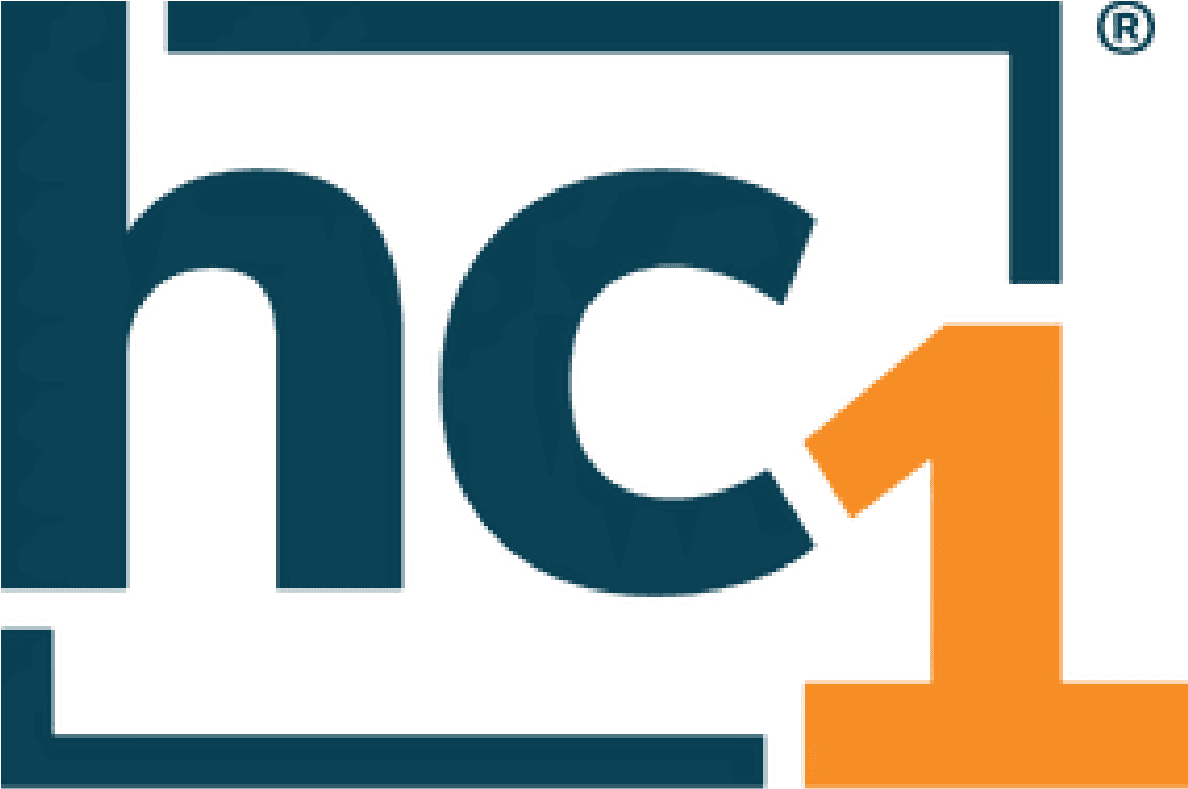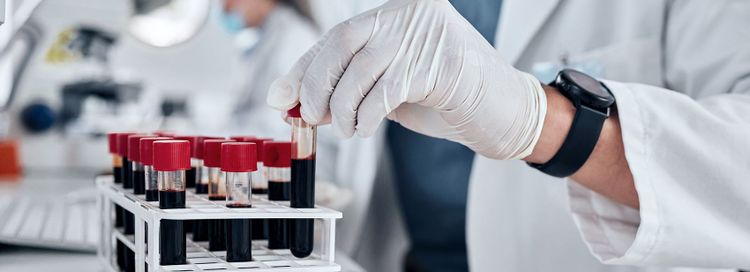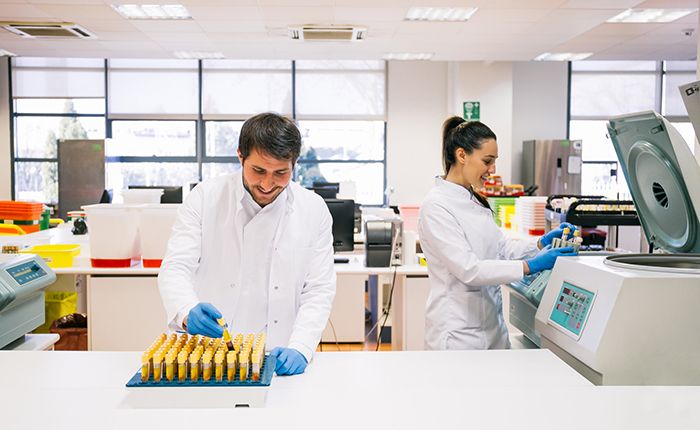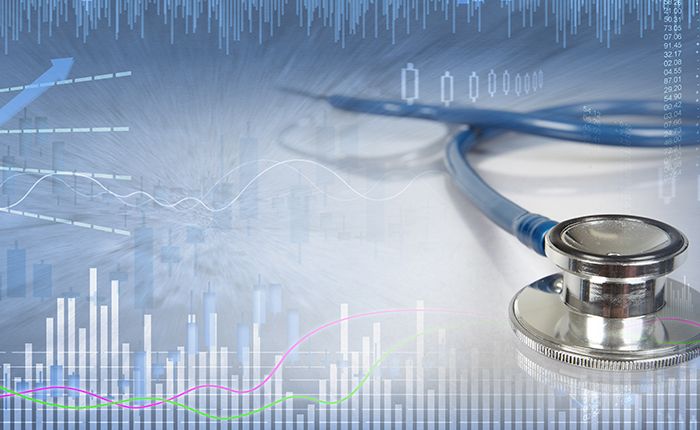October 21, 2021
How to best use technology for the advancement of healthcare is not a new pursuit. “As much as the last 10 years have been about the rollout of digitization of health records for the purposes of efficiency (and in some healthcare systems, billing/reimbursement), the next 10 years will be about the insight and value society can gain from these digital assets, and how these can be translated into driving better clinical outcomes with the assistance of AI, and the subsequent creation of novel data assets and tools,” writes Bajwa, Munir, Nori and Williams in Future Healthcare Journal.
On October 14, 2021, hc1 chairman and CEO, Brad Bostic, and Brian Patty, MD, CMIO, Medix Technology, joined the Twenty-First Population Health Colloquium hosted by Thomas Jefferson University for a discussion on Optimizing Healthcare Data with Artificial Intelligence. During their discussion, Dr. Patty noted that while electronic health records vendors have improved interoperability and capabilities over the last few years, now data is coming to physicians from multiple sources in such significant quantities that they can’t keep up.
“Gathering and making sense of this data then is very challenging,” said Dr. Patty. “A few years ago I talked to some physicians and they said, ‘I just don’t even look at it. I just look at what’s from my own EMR, because I don’t have time to collate all of this data.’ So that’s the big opportunity with AI and Machine Learning is to be able to take this data, collate it and make sense of it and deliver it into the workflow as actionable knowledge.“
Bajwa, et al. write “It is clear that we are at a turning point as it relates to the convergence of the practice of medicine and the application of technology, and although there are multiple opportunities, there are formidable challenges that need to be overcome as it relates to the real world and the scale of implementation of such innovation.”
What do we mean by AI and ML?
Artificial Intelligence (AI), “refers to the science and engineering of making intelligent machines, through algorithms or a set of rules, which the machine follows to mimic human cognitive functions, such as learning and problem solving,” write Bajwa, et al. “AI systems have the potential to anticipate problems or deal with issues as they come up and, as such, operate in an intentional, intelligent and adaptive manner. AI's strength is in its ability to learn and recognize patterns and relationships from large multidimensional and multimodal datasets; for example, AI systems could translate a patient's entire medical record into a single number that represents a likely diagnosis. Moreover, AI systems are dynamic and autonomous, learning and adapting as more data become available.”
Bajwa, et al. consider machine learning (ML) to be a subset of AI. They write it is “the study of algorithms that allow computer programs to automatically improve through experience.”
According to Dr. Patty, AI and ML are particularly suited for pattern recognition, which enables us “to set these systems up in the background to be able to consume all this data, look for patterns in the data, and look for either warning signs for somebody who’s in the rising risk category who needs more attention clinically or just seeing a diagnosis that may have been missed.”
In the case of many disease states like cirrhosis, chronic kidney disease, and many others, there are subtle signals in the diagnostic lab data that may be missed if a physician isn’t looking at all of the data points together. “When we think about artificial intelligence applied to populations, where my mind goes is how to become more preventative,” said Mr. Bostic. “To the extent that we can zero in on these data sets like lab data and all of those diagnostic results and the related medications that are getting prescribed and really optimize that we see that as a great opportunity for artificial intelligence and machine learning.”
Bajwa, et al. write that “AI can enable healthcare systems to achieve their ‘quadruple aim’ by democratizing and standardizing a future of connected and AI-augmented care, precision diagnostics, precision therapeutics and, ultimately, precision medicine. Research in the application of AI healthcare continues to accelerate rapidly, with potential use cases being demonstrated across the healthcare sector (both physical and mental health) including drug discovery, virtual clinical consultation, disease diagnosis, prognosis, medication management, and health monitoring.”
How can we practically apply AI in healthcare?
Precision population health is “about driving the kinds of signals all the way to the clinical caregivers in such a way that they can avoid inappropriate testing, missed tests or therapy that’s not going to work upstream,” said Mr. Bostic.
Dr. Patty said that healthcare only impacts maybe 10 percent of a person’s health. Other factors like genetics, lifestyle, and socioeconomics have a greater share of the impact. Those factors are something a frontline provider is not really able to collate and deal with. AI and ML, however, are perfect for the challenge.
“If you think about the more tangible way to describe what AI can bring to bear is the digital twin,” said Mr. Bostic. “What we need to have is the computational model of every single individual patient that can be tested in a digital way before the actual human being receives the treatment or gets the kind of diagnostic that’s really invasive or has some kind of radical procedure. That digital twin necessitates artificial intelligence.”
Taking a practical look at what is possible today, Mr. Bostic said, “What we’ve seen with the here and now is there is no more scalable data set to help inform more precise, optimized healthcare than diagnostic lab data. Whether you’re sick, healthy, or somewhere in between, you end up having lab tests run and that generates all kinds of information that can be leveraged to be more precise and create an optimal approach to how you’re diagnosed in a more preventative, proactive approach. To do that requires a level of machine learning to marry up all these different lab data sets that get generated by different labs that happen within different clinical settings with different providers to create more of that overall health matrix and sort of the beginnings of that digital twin all made up of this initial lab data set.”
He said this approach can be used to address the use of testing to ensure it is appropriate, both reducing wasteful testing and ensuring testing is not underutilized creating under-identification of those at risk. “The lab data set and having the right kind of partnership to power insights using AI and Machine learning at that level is an excellent practical start,” he said. “And then the second part of that is what do you do once you know the diagnosis you aim to get the right treatment. These are all things that by doing them you can make people much healthier and you can make it so that you’re creating the future of healthcare we all want which is oriented around a much better outcome.”
What to know more about how hc1 is impacting the future of precision health? Click here to watch Our Vision for Precision Health video.
